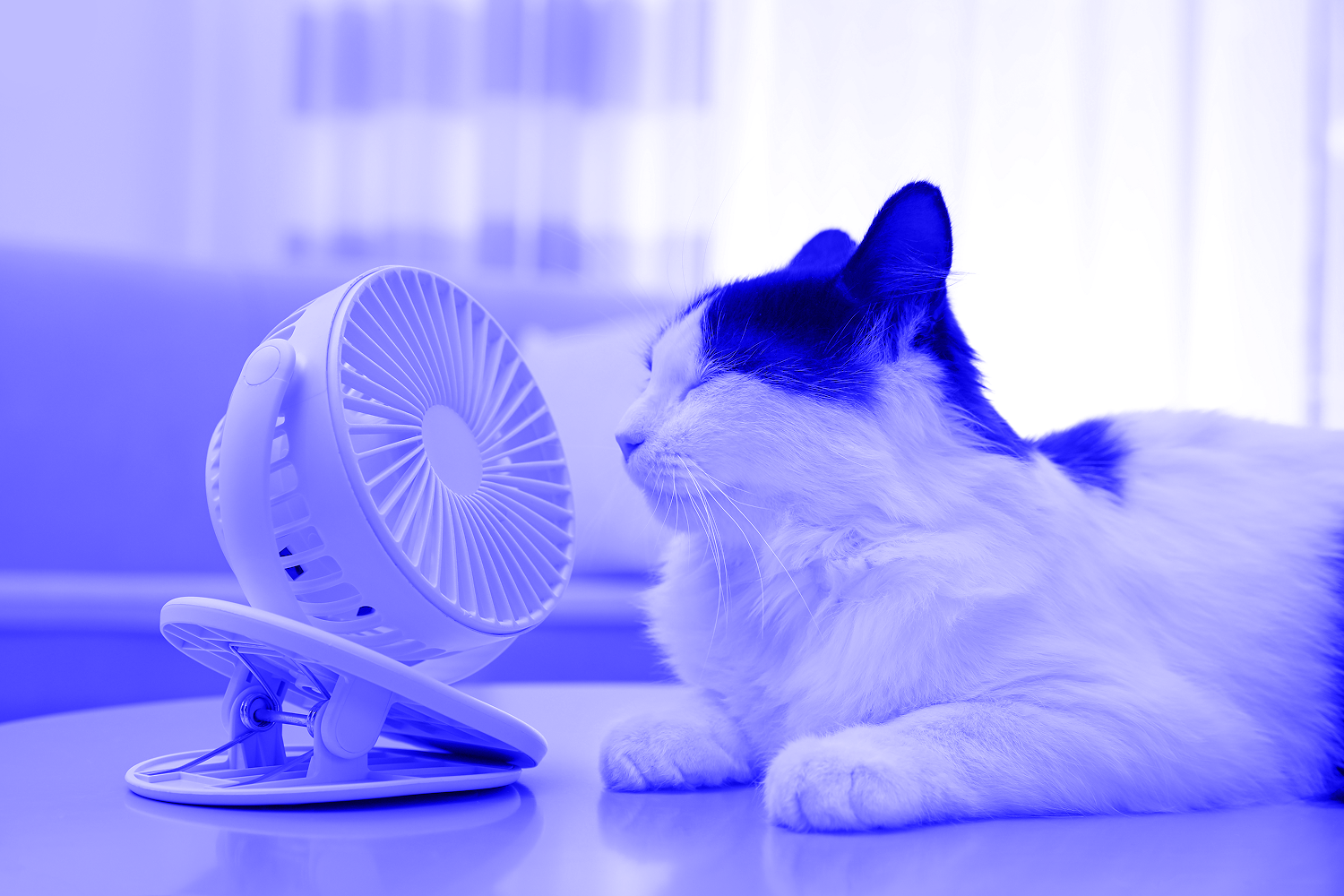How to keep pets cool without blasting the AC
8 vet-approved ways to help them chill

Sign up and save the world
The one5c newsletter delivers our best tips right to your inbox
When the mercury climbs into the danger zone, pets feel it too. Extreme heat doesn’t just shorten your temper and obliterate your will to move: It can put dogs and cats in serious risk. The number of ……

